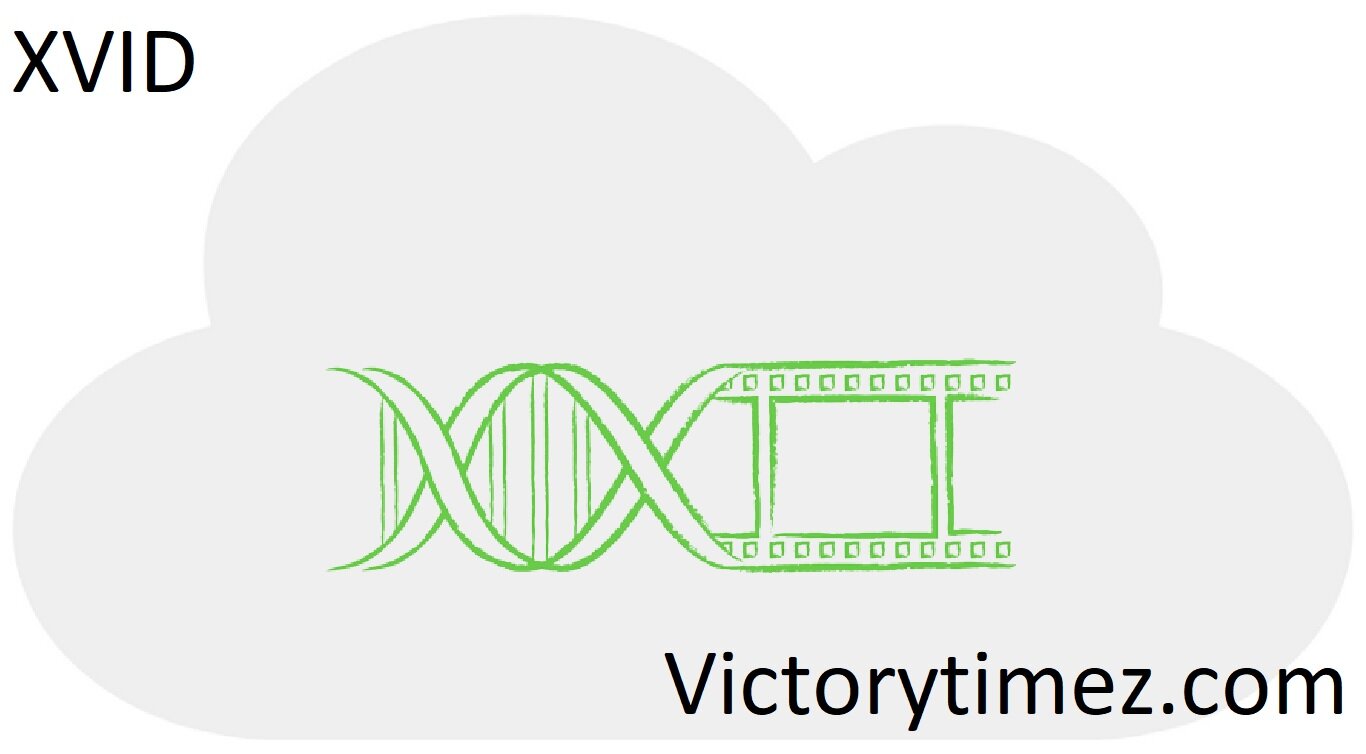
In today’s rapidly evolving technological landscape, new terms XVIF and abbreviations frequently emerge, often leaving us scrambling to catch up with the latest trends and innovations. One such term XVIF that has recently gained traction is “XVIF”. While it might sound like just another acronym, XVIF carries significant implications across various industries. This article aims to demystify XVIF, explore its applications, and discuss its potential future impact.
What is XVIF?
XVIF stands for “eXtended Variable Interchange Format”. It has a standardized data format designed to facilitate the exchange of complex and variable data sets between different systems and platforms. XVIF addresses the growing need for a more flexible and scalable data. Data interchange format, capable of handling the increasing complexity of modern data structures.
Key Features of XVIF

Flexibility: XVIF has designed to accommodate a wide range of data types and structures, making it highly adaptable to various applications. Whether dealing with numerical data, text, images, or more complex data types, XVIF can handle it all.
Scalability: As data sets continue to grow in size and complexity, XVIF provides a scalable solution that can manage large volumes of data efficiently. This scalability ensures that XVIF can used in both small-scale applications and large-scale enterprise systems.
Interoperability: One of the primary goals of XVIF is to promote interoperability between different systems and platforms. By using a standardized format, XVIF ensures that data can easily exchanged and understood across diverse environments, reducing compatibility issues.
Efficiency: XVIF has optimized for performance, ensuring that data can processed and transmitted quickly and efficiently. This efficiency is crucial in applications where real-time data processing is essential.
Applications of XVIF
XVIF has a broad range of applications across various industries, thanks to its flexibility and scalability. Some of the key areas where XVIF is making an impact include:
Data Integration: In today’s interconnected world, businesses often need to integrate data from multiple sources. XVIF simplifies this process by providing a common format for data interchange, making it easier to combine and analyze data from different systems.
IoT (Internet of Things): The IoT ecosystem involves numerous devices generating vast amounts of data. XVIF can efficiently handle this data, enabling seamless communication between IoT devices and systems.
Healthcare: In the healthcare industry, XVIF can facilitate the exchange of patient records, medical images, and other critical data between different healthcare providers and systems, improving patient care and reducing administrative overhead.
Finance: Financial institutions deal with complex and variable data sets, including transaction records, market data, and customer information. XVIF provides a robust solution for managing and exchanging this data securely and efficiently.
The Future of XVIF
As technology continues to advance, the need for efficient and flexible data interchange formats like XVIF will only grow. The future of XVIF looks promising, with several trends and developments likely to shape its evolution:
Standardization: As XVIF gains wider adoption, efforts to standardize the format will likely increase. Standardization will further enhance interoperability and ensure consistent implementation across different systems.
Integration with Emerging Technologies: XVIF will likely integrate with emerging technologies such as artificial intelligence (AI) and blockchain. These integrations will unlock new possibilities for data analysis, security, and transparency.
Enhanced Security: With the growing emphasis on data privacy and security, future iterations of XVIF may incorporate advanced encryption and authentication mechanisms to protect sensitive data during transmission and storage.
Community and Ecosystem Growth: As more developers and organizations adopt XVIF, a vibrant community and ecosystem will emerge, driving innovation and expanding the range of applications and tools available for XVIF users.
Conclusion
XVIF represents a significant advancement in data interchange technology, offering a flexible, scalable, and efficient solution for managing complex and variable data sets. Its potential applications are vast, spanning industries from healthcare to finance to IoT. As XVIF continues to evolve, it promises to play a crucial role in shaping the future of data integration and interoperability, driving innovation, and enabling new possibilities in the digital age.